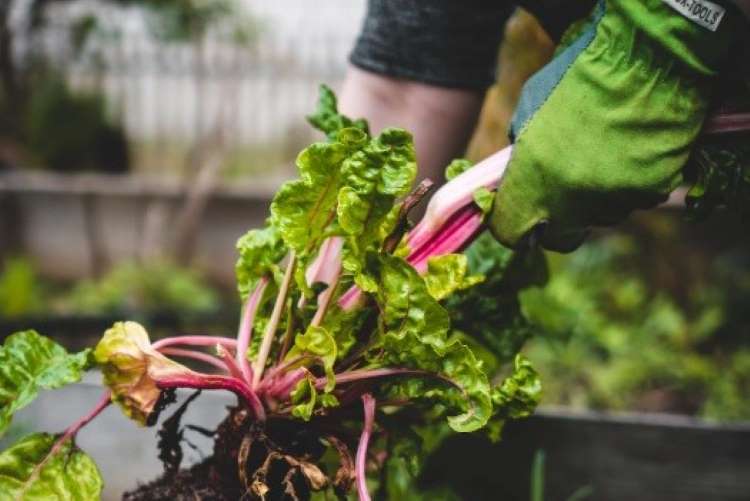
Infrastructure plays a critical role in advancing agriculture and improving production dynamics. Infrastructure development, especially at the post-harvest stage, is necessary to fully utilise the production potential and to enable value addition and create fair opportunities for farmers. When creating such infrastructure, it is important to consider natural factors, regional differences, the growth of human resources, and the optimal utilisation of the limited land resources.
Rural infrastructure is essential for agriculture, agro-industry, and overall economic development in rural areas. It also offers essential amenities that improve living standards. However, infrastructure projects, including those in rural sectors, involve significant upfront costs, long gestation periods, high incremental capital output ratios, high levels of risk, and low rates of return on investment. Despite these challenges, rural infrastructure contributes significantly to enhancing the quality of life and the rural economy.
READ I ESG reporting: Does it really move the needle on global sustainability?
Role of agricultural cooperatives
The role of Primary Agricultural Cooperative Credit Societies (PACS) is crucial in the field of agriculture. The primary objectives of these societies are to provide agricultural credit for production needs, distribute essential consumer commodities, offer storage and marketing facilities, and supply light agricultural implements and machinery. PACS can play a vital role in the overall development of rural infrastructure, further contributing to asset creation in rural areas.
The Narendra Modi government has approved the formation of an inter-ministerial committee (IMC) to facilitate the world’s largest grain storage scheme in the cooperative sector. This scheme integrates various programmes of the ministry of agriculture and farmers welfare, ministry of consumer affairs, food and public distribution, and ministry of food processing industries.
India produces about 3,100 lakh tonnes of food grains annually, but the existing warehouses can only store up to 47% of the produce. To address this issue, the Union government has approved a scheme to increase food grain storage capacity by 700 lakh tonne in the cooperative sector, at a cost of Rs 1 lakh crore. As part of the scheme, a warehouse with a capacity of 2,000 tonne will be constructed in every block. The programme looks to raise India’s food grain storage capacity to 2,150 lakh tonne in the next five years, surpassing the current capacity of 1,450 lakh tonne.
READ I Record aircraft orders by IndiGo, Air India may be prelude to a bloodbath
The scheme primarily focuses on establishing warehouses and other agricultural infrastructure at the level of Primary Agricultural Credit Societies (PACS) to strengthen food security, reduce wastage, and empower farmers.
The ministry of cooperation has developed a grain storage scheme to leverage the strength of cooperatives and transform them into successful business enterprises, aligning with the vision of Sahakar-se-Samriddhi (Cooperation for Prosperity). The scheme focuses on establishing agricultural infrastructure such as warehouses, custom hiring centers, and processing units at the PACS level.
India has over 1,00,000 PACS with a vast membership base of more than 13 crore farmers. Recognising their significant role in the agricultural and rural landscape, the scheme aims to empower PACS by creating decentralised storage capacity and other necessary infrastructure. This transformation will enhance the economic viability of PACS and contribute to the growth of the Indian agricultural sector.
Benefits of rural infrastructure scheme
Addressing infrastructure shortage: The scheme seeks to establish godowns at the PACS level to alleviate the shortage of agricultural storage infrastructure in the country.
Diversification of PACS activities: PACS will be empowered to undertake various activities, including functioning as procurement centers for state agencies or the Food Corporation of India (FCI), serving as fair price shops, and setting up custom hiring centers and common processing units. This diversification will enhance the incomes of farmer members.
Reduction of foodgrain wastage: By creating decentralized storage capacity at the local level, the scheme aims to reduce grain wastage, contributing to improved food security.
Preventing distress sale: The scheme provides farmers with various options, preventing distress sale of crops and enabling them to realize better prices for their produce.
Cost reduction: The establishment of storage facilities at the PACS level will significantly reduce transportation costs of food grains to procurement centers and fair price shops.
Through this world’s largest grain structure, PACS will innovate as special purpose vehicles (SPVs), and become game-changers in the field of logistics and post-harvest management activities in agriculture and allied sectors. It will leverage the cooperative ecosystem to form diverse business entities and increase income opportunities.
(Hema Yadav is Director, VAMNICOM, Pune. Mahesh Kadam is Associate Professor and Pravin Jadhav Assistant Professor at IITRAM, Gujarat.)
